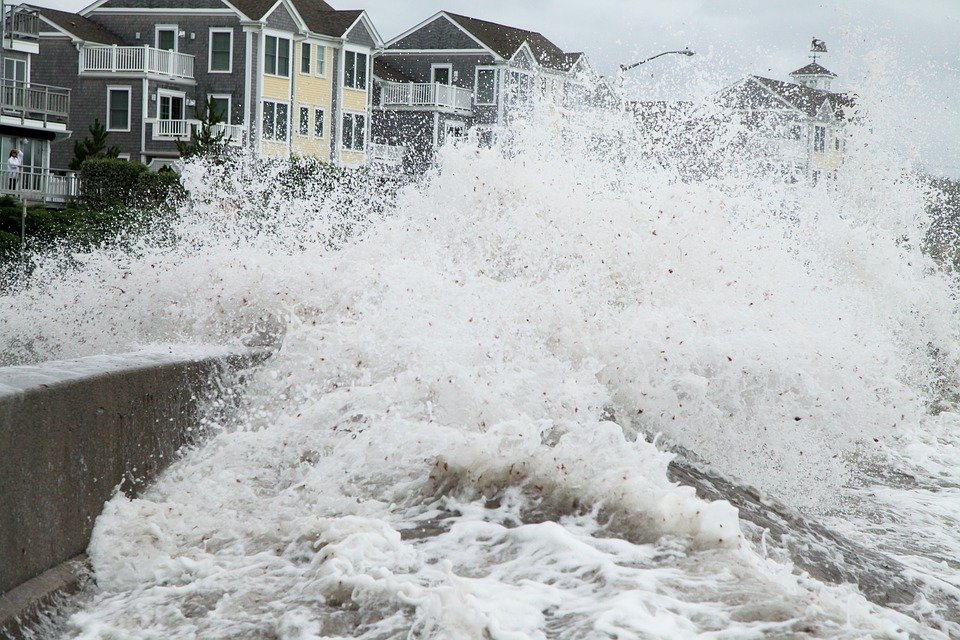With flooding and severe winds wreaking havoc in Florida, 2.6 million people have been left without power. Flooding and storm surges of up to 12 feet are affecting some coastal areas. The Florida Hospital Association has issued a “transfer alert” for hospitals and urgently sought help for patients who can’t get to safe areas.
Scientists say climate change is intensifying storms and accelerating their path. As the world becomes warmer, storms get more intense and are more deadly. While this hurricane is now relatively minor in size, it will continue to cause havoc. Florida officials have urged residents to evacuate.
Federal aid is available for affected counties. This federal funding will supplement state, tribal, and local recovery efforts. The funds will help with debris removal and other emergency protective measures. The Biden administration is committed to helping Florida recover. The disaster aid will be provided through a grant program, low-cost loans for uninsured property losses, and other programs.
Hurricane Ian is expected to bring life-threatening winds, heavy rains, and storm surge to the area. The Governor of Florida Ron DeSantis has called the damage done in his state “historic,” and disaster officials warn that thousands of people could be displaced in the long-term. The US President has declared the storm a major disaster and has released federal funds for emergency shelters.
The storm is regaining intensity as it heads to South Carolina. It was downgraded to a Tropical Storm but is now expected to be a Category 1 Hurricane as it enters the Carolinas.




